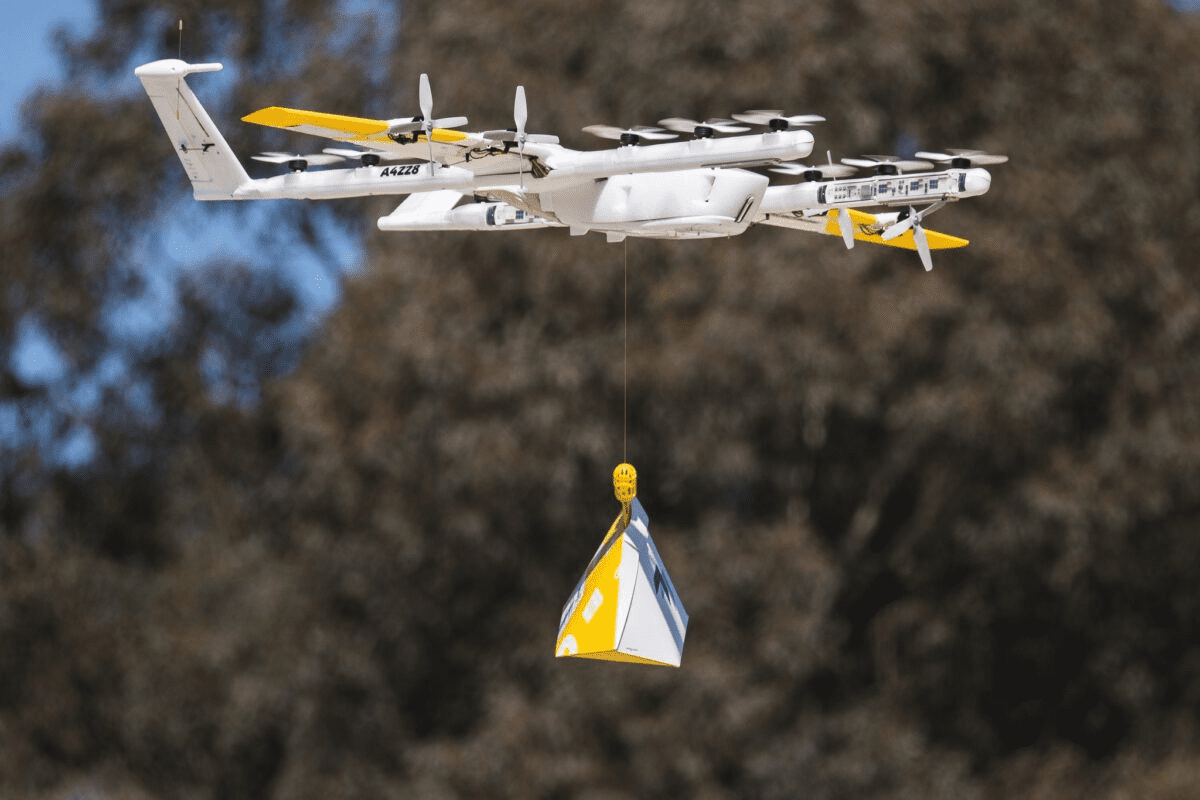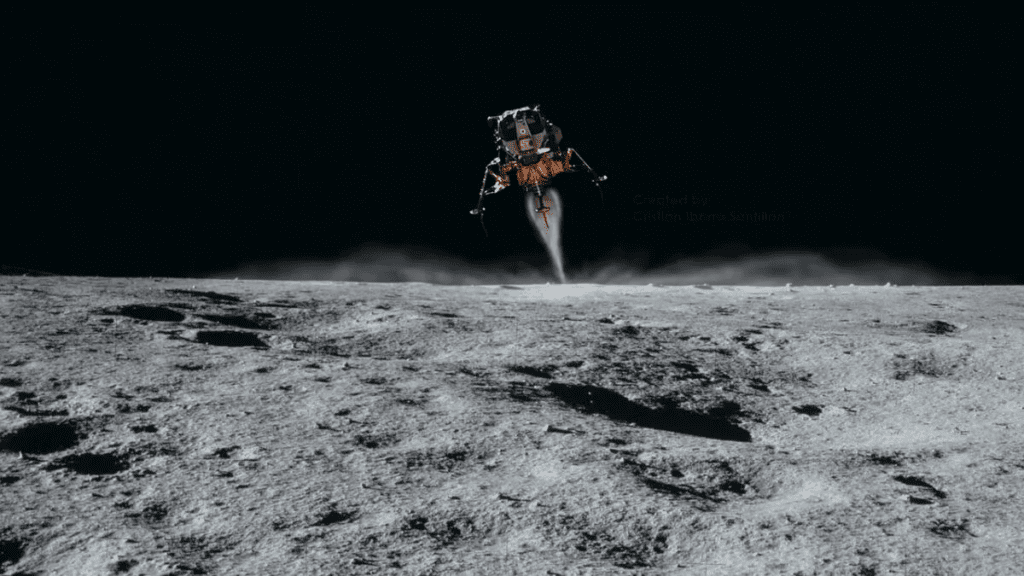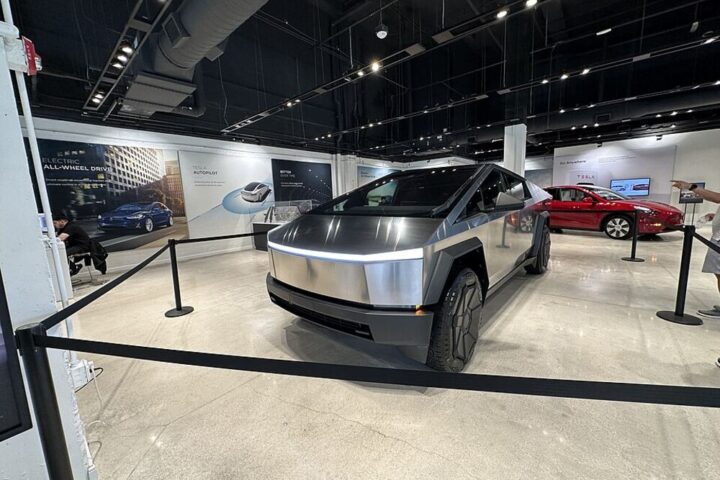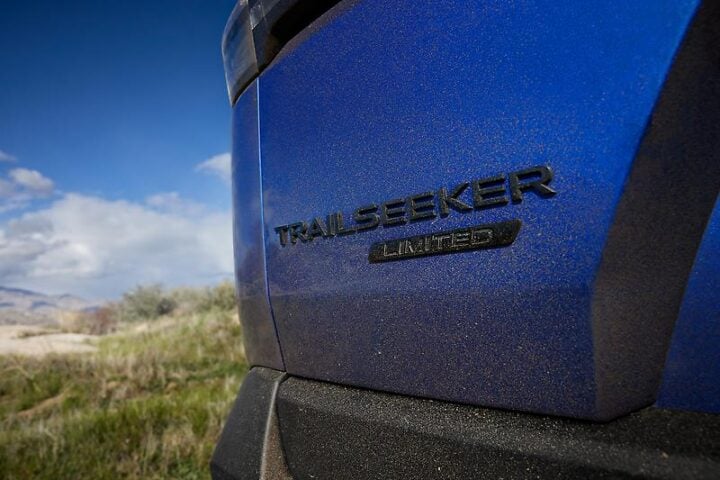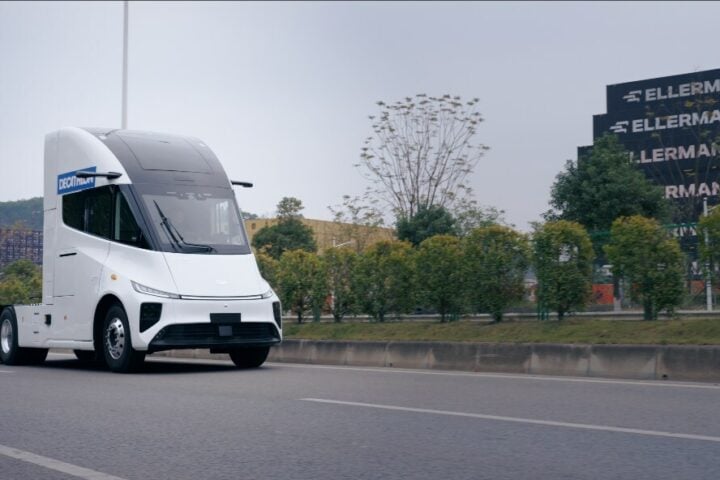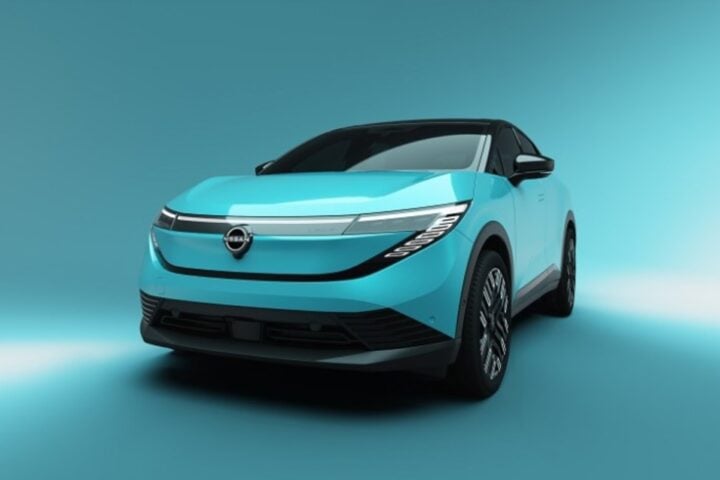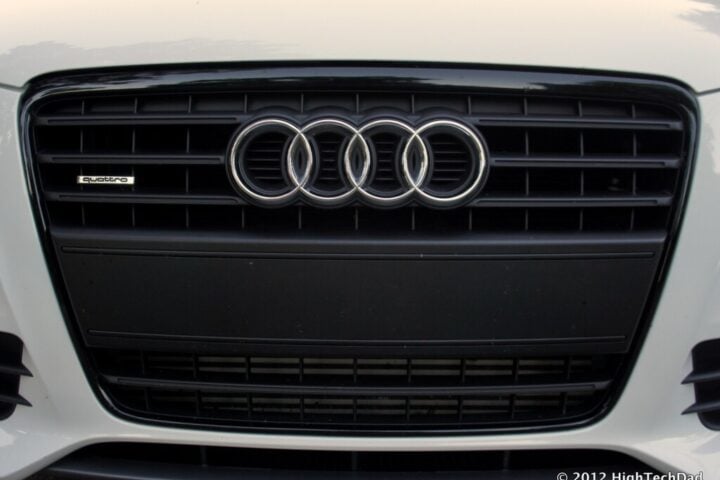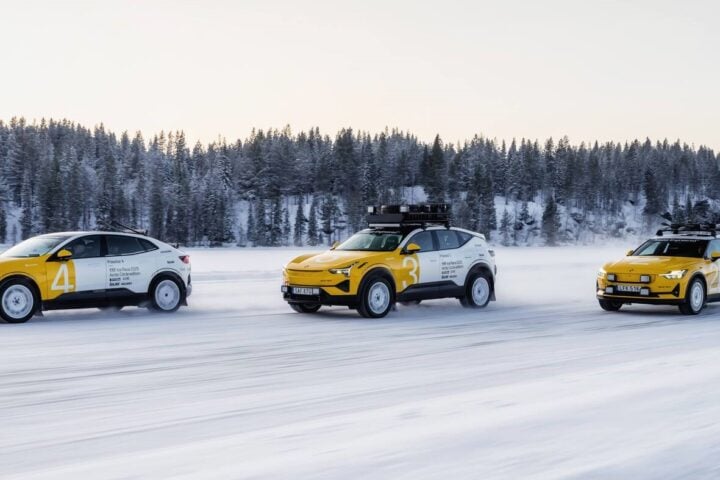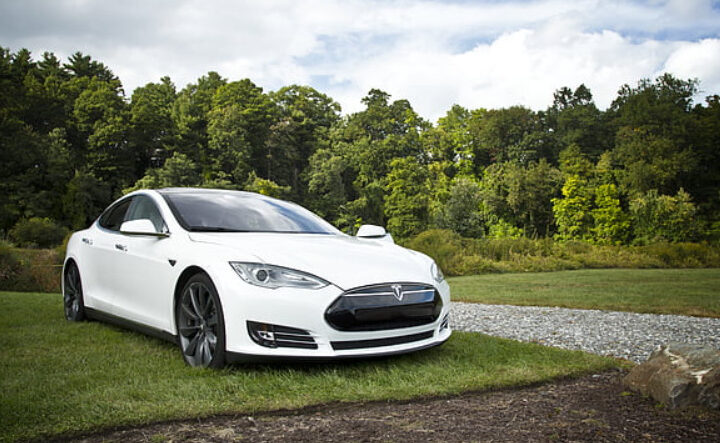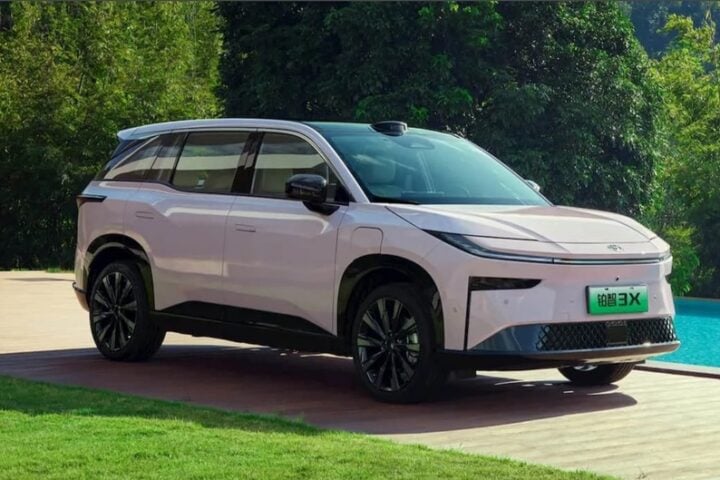Google Wing recently conducted a groundbreaking delivery at Denver’s Coors Field baseball stadium, showcasing its autonomous aerial fleet. The demonstration marked the first delivery to a professional sports stadium, highlighting the company’s ability to fly drones in major U.S. cities. Google’s investment in drone-delivery technology is substantial, including operations in Australia where it makes frequent deliveries, even dropping sushi dinners every 25 seconds in a major city. Companies like Amazon and Walmart are also embracing drones as an alternative to trucks for delivering lightweight items.
Google Wing’s focus is on supplementing existing ground-based delivery methods to efficiently transport small packages across long distances, rather than delivering items within short distances at stadiums. Wing is a subsidiary of Alphabet, Google’s parent company. Within a year, it aims to develop a technology for drone delivery-network capable of handling millions of orders.
Operating drones as a network enhances efficiency, which is a key objective for Wing. Logan, Australia, serves as a testing ground for Wing’s technology, where they currently deliver up to 1,000 packages per day. The company has also initiated trial drone deliveries in the Dublin suburb of Lusk.
Discussions are underway with the Department for Transport and the Civil Aviation Authority in the UK to establish regulations for drone deliveries. Wing’s CEO envisions the delivery system functioning as an efficient data network rather than a traditional transportation system. The company’s trials involve various types of deliveries, such as groceries, prepared food, and even coffee. While consumers are not currently charged extra for drone deliveries, the ultimate cost remains undisclosed.
Drone companies will need to make a substantial number of deliveries to be financially viable. The focus is shifting from drones themselves to managing and directing a vast number of robots, which involves leveraging big data. Amazon’s drone service, Prime Air, has faced challenges in the United States, making only about 100 deliveries to date, whereas Google’s Wing has made 300,000 commercial drone deliveries worldwide. Walmart’s three drone partners completed 6,000 deliveries in the United States last year, with one partner, Zipline, making approximately 600,000 commercial drone deliveries primarily in Africa.
Trending Post
Drone deliveries in the United States are primarily experimental and limited to specific regions, including suburbs in Texas and Virginia, as well as select Walmart locations in six states. Regulatory restrictions in U.S. airspace pose challenges for drone deliveries, leading companies like Wing and Walmart to focus on other countries for experimentation and knowledge acquisition.
Drones face obstacles like programming avoidance of other flying objects, determining suitable drop sites, and restrictions on payloads to ensure safety and prevent accidents. Wing’s drones are highly efficient, using less energy than traditional delivery methods, and the company envisions fleets of drones making immediate deliveries and returning to charging docks as needed.
